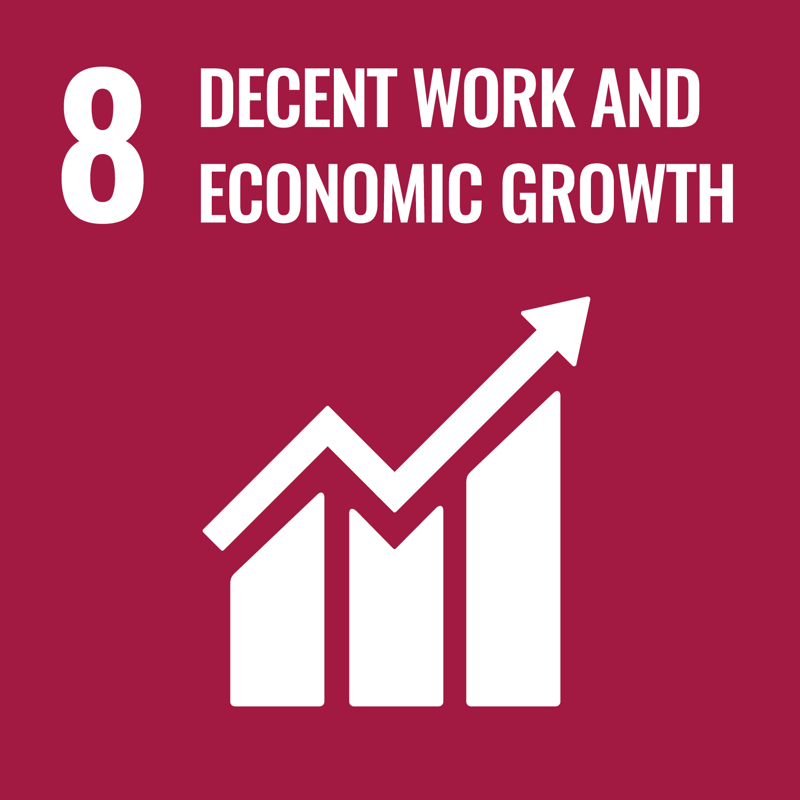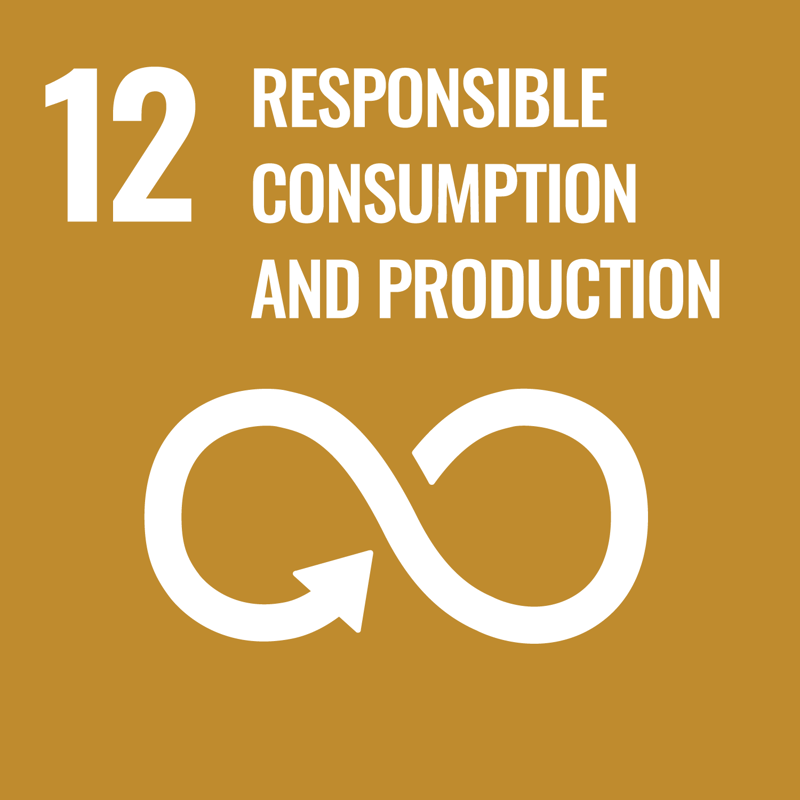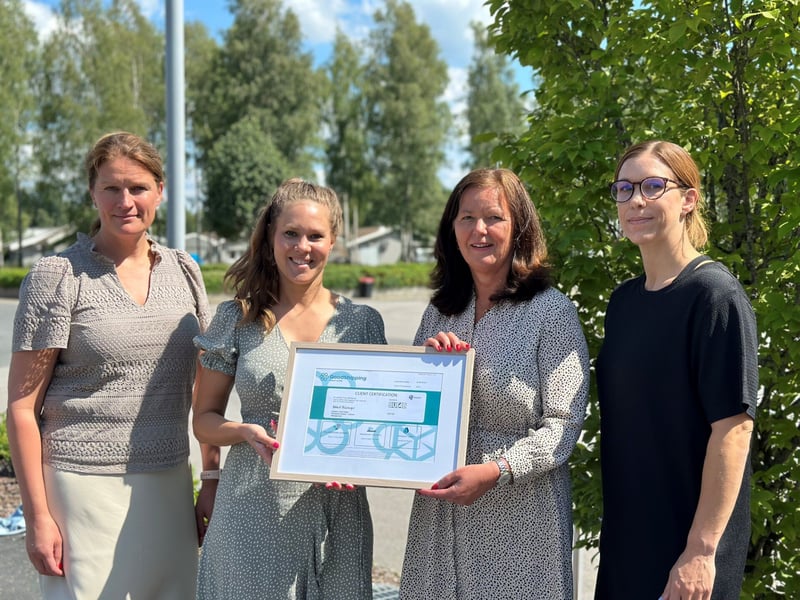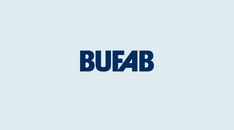Targets and Actions to Create Customer Value
In addition to our financial targets, we have established sustainability goals until 2030, focusing on climate, circularity, and ethics to be an attractive partner to our customers.
The yearly result is summarised below, and more information can be found in our Annual and Sustainability reports.
Our roadmap to reduce our carbon footprint

In 2021, Bufab signed the Science Based Targets (SBTi) initiative to pledge our support for the Paris Agreement's goal of limiting global warming to 1.5°C. In 2022, our targets were validated, further empowering us to reduce greenhouse gas emissions throughout our supply chain. To succeed, we build partnerships with key suppliers, guiding them through our Sustainable Supplier Engagement Program and collaborating with customers to support their environmental efforts.
Our goals and how they are measured
At Bufab, we have set goals to contribute to a sustainable society. We embed sustainability into our strategic targets, focusing on the most relevant ESG topics and aligning with regulations, SDGs, stakeholders' requests, and climate science.
To ensure transparency, we are adopting the ESRS (European Sustainability Reporting Standards) framework for consistent reporting on our impacts, risks, and opportunities.
Sustainable Development Goals
SDGs
The UN’s Agenda 2030 and the Sustainable Development Goals (SDGs) are a plan of action for people, the planet and prosperity. World leaders’ 17 ambitious SDGs agreed upon in 2015 aim to create a better, fairer world by 2030.
Based on our business and impact, Bufab has identified the most relevant SDGs to focus on. We are well prepared for when the SDGs will be a reporting obligation for publicly traded and privately held businesses in the EU 2026.

CSRD: ESRS E2
Target:
Compliance with:
- REACH (Registration, Evaluation, Authorisation and Restriction of Chemicals)
- RoHS (Restriction of Hazardous Substances)
Activity:
We analyze data and our supply chains to meet SDG 3.9 and protect health and the environment. Complying with these regulations limits hazardous chemicals, replaces them with safer alternatives, and reduces health risks.

CSRD: ESRS E5
Target:
- Gender balance of managers by 2030
Activity:
We actively support gender equality among all employees, including executive management. We aim to foster a fair, inclusive culture where everyone has equal opportunities and feels respected, regardless of gender. Promoting gender equality is essential to building a successful, inclusive organization.

CSRD: ESRS
Target:
- Performance appraisals for 100% of the workforce
- Zero accidents
- 100% of direct material suppliers have committed to our Code of Conduct
- Training in the Code of Conduct every 3 years
Activity:
We work with activities for economic growth to create a balanced and sustainable economy while protecting people’s employment, working conditions and rights in our value chain.

CSRD: ESRS E1 E2 E3 E4
Target:
- 100% renewable energy by 2030
Activity:
We promote inclusive and sustainable industrial development by upgrading infrastructure and processes for a more sustainable future. Most of these efforts are part of our Sustainable Supplier Engagement Program.

CSRD: ESRS E5
Target:
- Compliance with chemical regulations. Recyclability above 90%
- Increase the share of recycled materials
- 20% waste reduction and zero landfill by 2030
We promote responsible consumption and production to ensure sustainable management of natural resources, chemicals, and waste while transitioning to more sustainable business practices.

CSRD: ESRS E1
Target:
- Net zero emissions for Scope 1 and 2 by 2030
- 55% reduction in Scope 3 carbon intensity by 2031
Activity:
We integrate climate considerations into our value chain and invest in education and awareness to help suppliers manage and adapt to climate change.

CSRD: ESRS E1 E2 E3 E4
- Evaluation and screening of suppliers of conflict minerals
- All suppliers sign our Code of Conduct
- Anti-corruption training for our teams every 3 years
Activity:
Through our Code of Conduct, we aim to end abuse, exploitation, human trafficking and violence against children, reduce illicit financial and arms flows, fight corruption, promote inclusive decision-making and strengthen participation in the value chain.

CSRD: ESRS E5
- 70% of our purchases are in the Sustainable Supplier Engagement program
- 80% of our purchases are sustainability audited
Building partnerships throughout our value chain is crucial for driving sustainable development and combating corruption and violence. We actively engage key suppliers and collaborate with customers to position ourselves as a leading partner in sustainability.
Bufab actions in practice
Internal actions
- Source certified renewable energy instead of fossil energy
- Realize energy efficiency projects from solar panels and LED lighting to energy efficient equipment
- Company vehicles transition to hybrid and electric
- Have online meetings instead of traveling whenever possible
- Company business trips made preferably by train. Rent hybrid and electric cars. When flying is necessary, always use economy class.
- Environmental waste sorting in production, warehouse, and office
Supplier actions
- We evaluate our suppliers based on facts on energy consumption, raw material, waste, and recyclability
- Consolidate to Partner & Preferred suppliers with a sustainability program in line with the Bufab targets
- Until real data are in place we will continue to use spend-based data and LCA-average data for manufacturing processes and countries
- Aiming to start and complete Life Cycle Analysis
Supply chain actions
- Support customers to choose the best product alternative combining function, quality, durability, and CSR aspects
- Avoid obsolete items throughout the supply chain. Sort waste and sell to companies that adapt to circular economy.
- Optimize by logistics planning and consolidate freights
- Use freight forwarders that have fossil free freight

Logistics examples
We actively work towards lowering our emissions by selecting logistics partners whose CSR goals align with ours. We successively replace our transports with fossil-free solutions and continue to take essential steps towards a greener Supply Chain using Intermodal Solutions with optimized Road, Rail, and Ferry transports.
With coordinated supplier pick-ups, consolidation of our volumes at our hubs, and placing more trailers on Rail, we will not only maintain or improve the current lead times and reduce costs but also significantly reduce our CO2 emissions.
A significant strategic decision was made in 2023 when Bufab Sweden stopped using traditional sea freight and opted for biofuel, which reduced our CO2 emissions by 376 tons. In combination with container transportation by Rail to a hub close to our warehouse and final-mile delivery with trucks running on Biodiesel, our transports from Asia are CO2-neutral.
Another example is that Bufab Flos and Bufab Sweden started using DHL's Go-Green product for express shipments in May 2024, paying an extra fee per kilogram to invest in Sustainable Aviation Fuel (SAF). SAF can reduce lifecycle emissions by 70-80% and nearly eliminate other harmful pollutants, marking a crucial step in Bufab's CO2 reduction efforts.
At Bufab, we are committed to lowering our carbon footprint and partnering with customers to achieve a more sustainable future.






